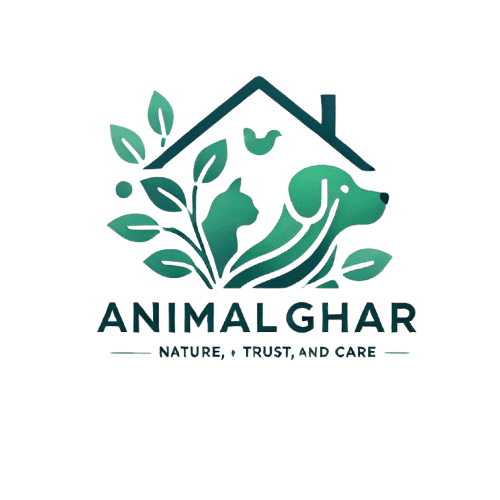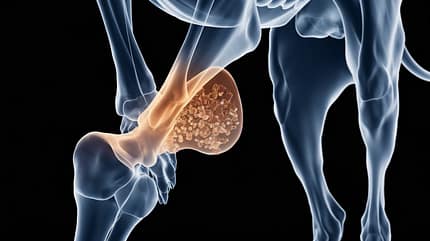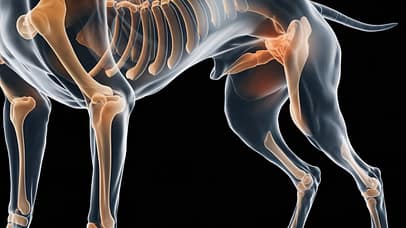Red Golden Retriever Puppy owners must be aware of common health issues that can affect their furry friends. Golden Retrievers are known for their playful, affectionate nature and stunning reddish coats. However, like all breeds, they are prone to certain health issues.
As a responsible pet owner, understanding these common diseases and their prevention methods can help ensure your puppy leads a healthy, happy life.
Hip Dysplasia in Red Golden Retriever Puppy
What is it?
Hip dysplasia is a genetic disorder where the hip joint fails to fit properly into the socket.
Over time, this leads to pain, reduced mobility, and arthritis in affected dogs.
Prevention Tips:
- Choose only responsible breeders who check puppies for hip dysplasia before purchase.
- Having a proper weight helps lower joint pressure.
- Excessive jumping should be avoided during the initial months while offering moderate exercise to your Golden Retriever.
- Veterinary approval is necessary to receive joint supplements made of glucosamine and chondroitin.
PRA in Red Golden Retriever Puppy
What is it?
PRA is an inherited degenerative eye disease that gradually causes blindness due to the deterioration of retinal cells. Early symptoms include night blindness and dilated pupils.
Prevention Tips:
- When choosing a puppy, always select a Red Golden Retriever from a breeder who tests for PRA specifically.
- Early indications of eye problems become detectable through continual veterinary examination of the eyes.
- Antioxidants found in certain diets support the wellness of the eyes.
SAS in Red Golden Retriever
What is it?
SAS is a congenital heart condition where the narrowing of the aorta obstructs blood flow, leading to fatigue, fainting, and, in severe cases, sudden death.
Prevention Tips:
- The practice of responsible breeding acts to eliminate inherited genetic problems.
- A veterinary checkup schedule allows practitioners to detect PRA symptoms before damage occurs.
- Light exercise and a balanced diet support heart health.
Elbow Dysplasia
What is it? 
Elbow dysplasia causes improper formation of the elbow joint, creating joint pain and resulting in arthritis development.
Prevention Tips:
- A proper diet containing controlled calcium amounts will benefit puppy bone development.
- The growth period for puppies requires minimizing active exercises, which place high physical strain on their bodies.
- The veterinarian may recommend joint supplements when deemed necessary.
Hypothyroidism
What is it?
Insufficient hormone production by the thyroid gland leads to lethargy and weight gain with deteriorating coat quality in this hormonal disorder.
Prevention Tips:
- Regular trips to the vet enable proper monitoring of thyroid hormone levels.
- The puppy’s diet should contain essential nutrients in a high-quality mix.
- The receipt of thyroid hormone replacement therapy forms an essential element of treatment when a diagnosis is made.
Canine Parvovirus (Parvo)
What is it?
The viral infection spreads quickly among dogs to generate severe gastrointestinal symptoms with vomiting, diarrhoea and dehydration complications.
Prevention Tips:
- Your puppy demands complete receipt of their vaccines according to the recommendation.
- You should prevent taking puppies without vaccinations to public settings.
- A regular cleaning process must exist for the environment to stop viral infection.
Ichthyosis (Scaly Skin Disease)
What is it?
Ichthyosis presents as a hereditary skin condition that creates dry and flaky skin while causing discomfort for dogs facing this medical situation.
Prevention Tips:
- It is crucial to select a breeder who performs ichthyosis screenings.
- Use medicated shampoos if recommended.
Supplements with omega-3 fatty acids should be given to promote skin health and coat wellness in puppies.
Final Thoughts
Red Golden Retrievers tend to develop specific health concerns; however, appropriate prevention techniques combined with veterinary supervision along with healthy dietary practices will help owners avoid and manage these conditions.
Selecting a trustworthy breeder together with consistent healthcare diligence will secure your puppy’s prospects for a lengthy, joyful existence.
FAQ’s
Regular vet visits are recommended at least once a year for check-ups. Puppies should have more frequent visits for vaccinations and growth monitoring.
While genetics play a role, you can help prevent hip dysplasia by maintaining a healthy weight, providing proper nutrition, and avoiding excessive exercise in young puppies.
A balanced diet rich in omega-3 and omega-6 fatty acids, high-quality proteins, and essential vitamins can help maintain a healthy coat and prevent skin issues.
Early signs of PRA include difficulty seeing at night, dilated pupils, and reluctance to enter dark areas. Regular eye check-ups can help detect PRA early.
Parvo can be treated, but it is often fatal if not caught early. Immediate veterinary care, fluid therapy, and supportive treatment can improve survival chances.
Regular check-ups, a balanced diet, and moderate exercise can help maintain heart health. Choosing a responsible breeder who screens for heart conditions is also crucial.
Unfortunately, elbow dysplasia is a lifelong condition, but with proper management such as weight control, medication, and physical therapy, affected dogs can lead happy lives.




